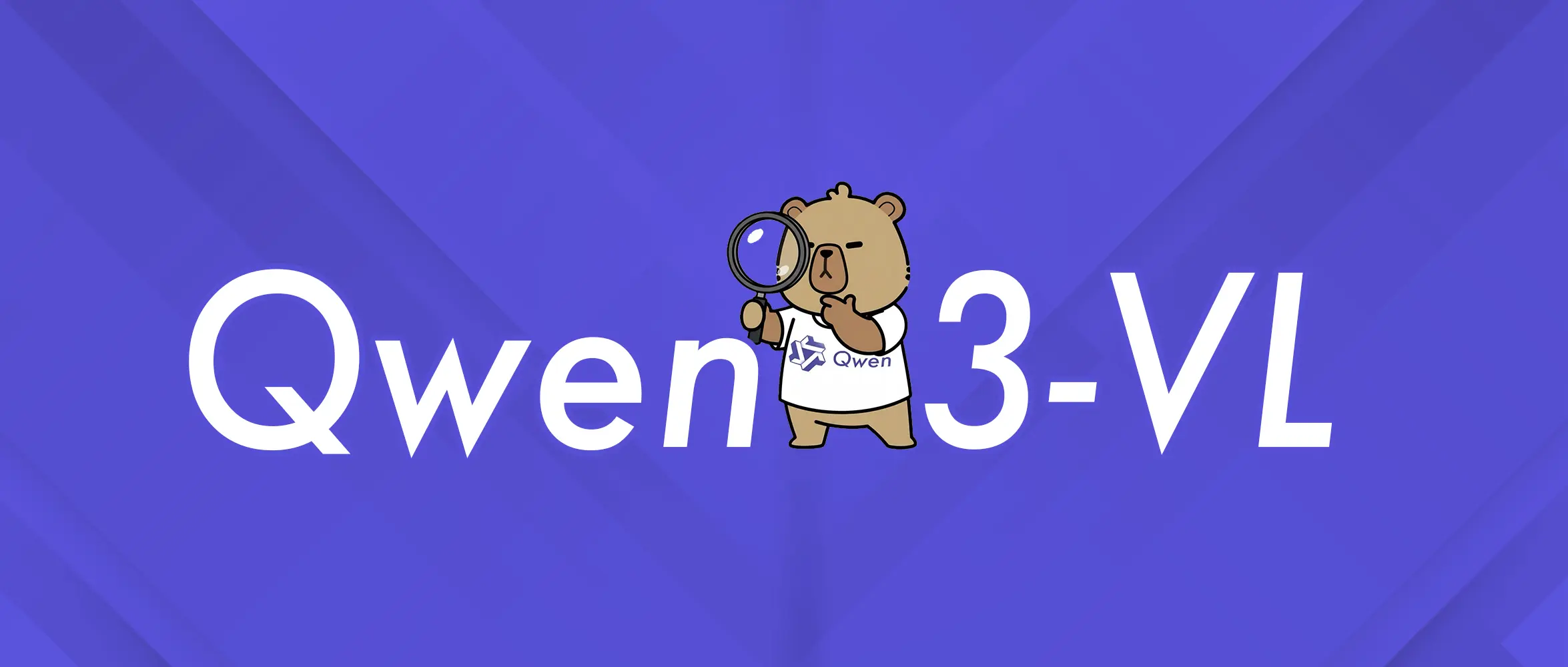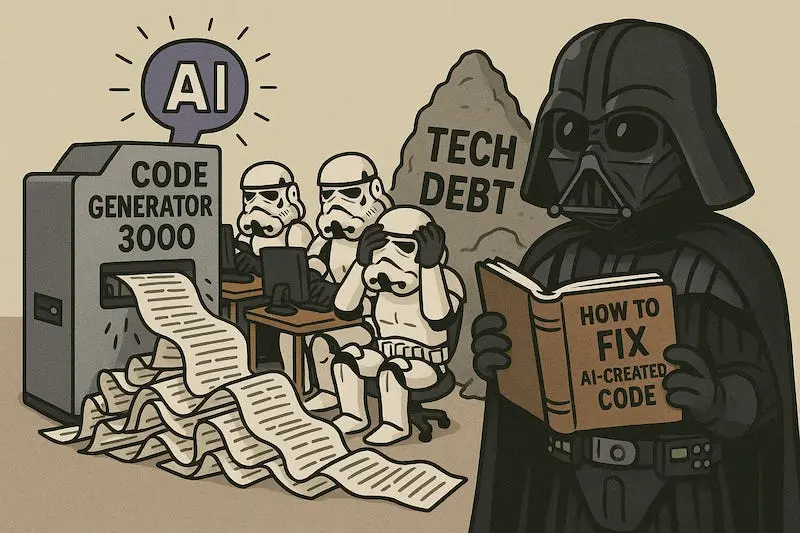
Qwen3-VL Just Made Your Multimodal AI Obsolete
Why Alibaba's new vision-language models are terrifying competitors and deployment nightmares
Forget incremental updates. Alibaba’s Qwen team just dropped Qwen3-VL-30B-A3B models, and they’re not just pushing boundaries, they’re redrawing the map of multimodal AI. With two variants (Instruct ↗ and Thinking ↗) that combine massive vision-language capabilities, these models are making waves across the AI community. The buzz isn’t just hype, it’s a mix of awe and anxiety about what comes next.

The Architecture That Changes Everything
What makes Qwen3-VL different isn’t just its 30B parameters, it’s how those parameters are arranged. The models introduce three architectural breakthroughs that directly address long-standing multimodal limitations:
-
Interleaved-MRoPE: Full-frequency positional embedding across time, width, and height dimensions. This isn’t just jargon, it means the model can handle long video sequences without losing spatial context, something previous models struggled with dramatically.
-
DeepStack: Multi-level ViT feature fusion that captures both fine-grained details and high-level semantics. Think of it as giving the model both a microscope and a wide-angle lens simultaneously.
-
Text-Timestamp Alignment: Moving beyond simple temporal modeling to precise, timestamp-grounded event localization. This enables second-level indexing in hours-long video content, a capability that transforms video analysis from novelty to utility.
Capabilities That Should Scare Competitors
The feature list reads like a wishlist for enterprise AI deployments. Qwen3-VL doesn’t just understand images, it operates as a visual agent capable of navigating PC/mobile GUIs, recognizing elements, understanding functions, and invoking tools to complete tasks. This isn’t theoretical, it’s practical automation potential that puts RPA (Robotic Process Automation) companies on notice.
The visual coding boost is equally impressive. The models generate Draw.io/HTML/CSS/JS directly from images or videos. Show it a screenshot of a web app, and it can recreate the frontend code. That’s not just convenient, it’s disruptive for design-to-development workflows.
Spatial perception gets a major upgrade too. The model judges object positions, viewpoints, and occlusions while providing stronger 2D grounding and enabling 3D grounding. For embodied AI and robotics applications, this could be the difference between a prototype and a deployable system.
The Numbers That Matter
Performance metrics tell the real story. Qwen3-VL-30B-A3B-Thinking shows significant improvements over previous models across multiple benchmarks:
- MathVista: 71.6 vs 65.3 (previous gen)
- DocVQA: 96.6 vs 92.1
- ChartQA: 89.7 vs 84.9
- MMMU: 69.6 vs 62.4
These aren’t marginal gains, they’re double-digit improvements in tasks that matter for enterprise deployments, from document processing to mathematical reasoning.
The Deployment Reality Check
All this power comes with deployment headaches. The AI community is already feeling the pain. A recent GitHub issue in the vLLM project revealed the challenges: developers encountered architecture recognition errors and processor compatibility issues when trying to serve the models. The error messages were brutal, “Transformers does not recognize this architecture”, requiring bleeding-edge installations from source.
The community responded with typical developer pragmatism. One user reported success only after installing transformers from the main branch and using specific vLLM pull requests. Another noted that llama.cpp support was still missing entirely. This isn’t just a new model, it’s forcing infrastructure to evolve alongside it.
Why This Matters Beyond the Hype
The real impact of Qwen3-VL isn’t in its benchmark scores, it’s in how it shifts the multimodal landscape. The combination of agent capabilities, code generation, and spatial reasoning creates new possibilities:
- Automated UI testing: Visual agents can navigate interfaces without explicit scripting
- Document processing: Enhanced OCR supports 32 languages with better structure parsing
- Video analysis: Second-level indexing makes long-form video searchable
- RAG integration: Visual content becomes first-class citizen in retrieval systems
The Thinking variant is particularly interesting. While the Instruct model follows instructions directly, Thinking incorporates reasoning-enhanced processing that shows improved performance on complex tasks. This dual approach gives developers flexibility based on their use case.
The Competitive Landscape Shift
With Qwen3-VL, Alibaba has delivered a model that competes with, and in many cases surpasses, offerings from Google, Meta, and OpenAI. The Apache 2.0 license makes it particularly attractive for commercial deployments wary of more restrictive licenses.
The community response has been immediate. Within days of release, developers were requesting support on platforms like Groq, citing its potential for “parsing images and documents more effectively” and even “image compression tasks.” The demand isn’t just academic, it’s practical applications driving interest.
What Comes Next
The Qwen3-VL release signals a broader shift in AI development. We’re moving from models that handle single modalities well to systems that truly integrate vision and language at a deep level. The technical innovations, particularly around spatial reasoning and temporal modeling, will likely influence next-generation architectures across the field.
For enterprises, the question isn’t whether to adopt multimodal AI anymore, it’s how to deploy it effectively. The challenges around serving these models are real but temporary. The capabilities they unlock are permanent.
As one developer succinctly put it when requesting llama.cpp support: “We need it 😭.” That mix of urgency and frustration captures the current moment perfectly. Qwen3-VL has shown what’s possible, and now the race is on to make it practical. The multimodal future isn’t coming, it’s here, and it’s more demanding than anyone expected.



